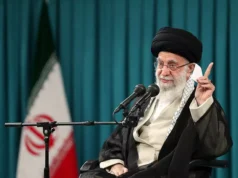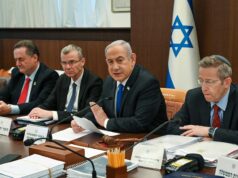JPC Director of Policy Matthew RJ Brodsky joined Elaine Reyes on CCTV America to discuss the latest round of peace talks between the Palestinians and Israelis. Brodsky explains why under American pressure, Netanyahu likely felt compelled to agree to the release of Palestinian prisoners because he could not agree to the two alternative misplaced Palestinian preconditions: 1) a settlement freeze; and 2) an agreement to negotiate borders based on the 1967 boundary. He also explains why Israeli building beyond the 1967 line is not an obstacle to peace. Most Israeli towns villages in the West Bank are located near the 1967 boundary and the vast majority of Israelis reside in areas that constitute a small percentage of the West Bank. Previous peace talks that have focused on territory and borders concentrated on the idea of swapping land at a 1:1 ratio. During the 2008 Annapolis talks between former Israeli prime minister Ehud Olmert and Mahmoud Abbas, Olmert proposed a 6.3% land swap while Abbas would only agree to 1.9%. Brodsky describes how a 4.73% land swap would take 43 Israeli villages representing 80% percent of Israeli settlers.





